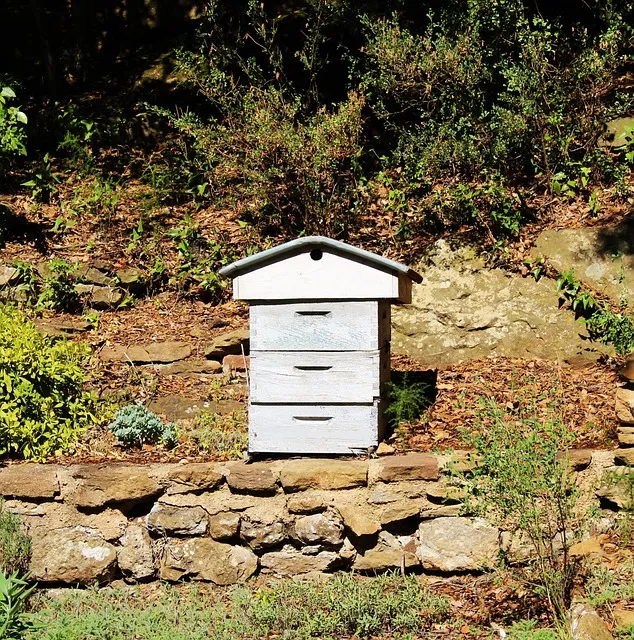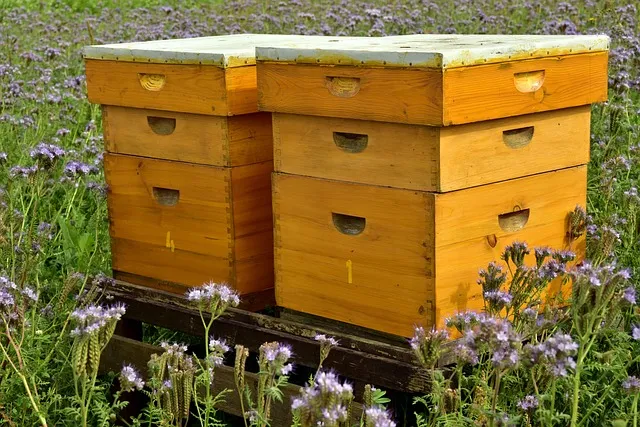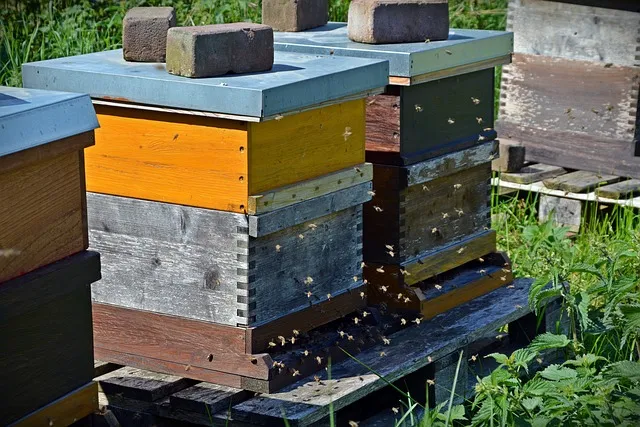Where should I put my beehive in my yard?
A beekeeper is entitled to provide a conducive living environment for the bees as much as possible. Part of this is choosing the best location for the hive. It is possible to have all the beekeeping supplies you need for your bee farm, but if you place the colony in the wrong position, it will not thrive. Again, if you have multiple beehives, you should consider how far they should be apart. If you live in an urban setting, ensure it is legal to keep the bees in your apartment. When choosing the right location, here are some factors to consider.
Similar Articles you may like to read –
How close to a fence can you put a beehive?
Which direction should beehives face?
How far should a bee box be from a house?
How many hours a week does beekeeping take?
The City Laws for Beekeeping
Before you embark on beekeeping, seek to know your city’s ordinances regarding beekeeping. These will help you to know how many hives you can own, as well as the location. Some laws give details on how many feet your hive should be from public walkways or neighbour’s property.
Accessibility
You must ensure the hive is easy to access for routine inspections, harvesting, and other maintenance practices. You will also need a spacious working area around the hive.
Safety
You should ensure your family, neighbours, and bees are safe. As much as we love these lovely creatures, their stings can be fatal to people who are allergic. You should keep your hives out of sight by choosing an area that is not accessed by people frequently. The hive entrance should face away from foot traffic. Bees require a clear flight path as they come and go. You should also protect the bees from predators such as raccoons, skunks, bears, and thieves.
Morning Sun and An Afternoon Shade
Your beehive should face south or southeast. Exposure to the early morning sun prepares them for the morning chores. It warms their bodies to prepare them to fly, which gives them more time to forage. If you keep the hive in direct sun, especially during hot summers, they will work unnecessarily hard to cool. You should consider an afternoon shade. Again, if you provide too much shade, it may result in a damp hive. A dappled shade works best.
Wind Barrier
Ensure the hive is in a location that receives direct wind. If a hive is exposed to too much wind, the bees will have difficulty regulating the temperature in the hive. Strong winds can also knock the hive down. You can consider a windbreak such as a fence or trees so that the hive is not hit by too much wind.
Avoid a Damp Place
Avoid placing your hive in a gully where the air is still damp. Too much moisture causes an increase in honey bee diseases. A low-lying area also has a danger of flooding if close to a pond. Again, avoid placing a hive at the top of a hill.
Water Source
Bees use water for evaporative cooling in the hive and diluting honey. You should ensure a water source is nearby so they will not travel far in search of it. If you use a bird bath or a shallow basin, ensure to put some twigs or stones for them to land on. The water source should be within 50 feet of the hive.
Consider a Hive Stand
Ensure you put your hives on some stand. This can be cinder blocks, cement blocks, wooden stands, etc. You can also consider buying commercial hive stands from beekeeping supply companies. A stand protect the hive from predators, allows better air circulation, and increases the lifespan of the bottom board.
More articles you may like to read –
Interesting Facts About Honey Bees
Are bees active at night?
What kills honey bees?
Do Bees Fly In The Rain? Where Do Bees Go When It Rains?
Do you require flowers near your apiary?
Although honey bees would enjoy having flowers in such close proximity, this is not a necessity. Amazingly, they can forage up to a 3-5 mile radius to forage and keep the hive productive. The closer the food resources are to the hive, the more productive the bee population can be. The best thing about bees is that they will make available of any resources available. Some beekeeper plant bee-friendly gardens, which is an added advantage for the buzzing creatures. But unless you have a large number of hives, flowers nearby should not be a source of worry.



